The Mercedes-Benz S-Class will receive a new AMG-developed, twin-turbocharged V8 petrol engine next year as part of the most ambitious roll out of high-tech power units in the German manufacturer’s history.
The four new engines are equipped with clever technology aimed at enhancing performance, improving fuel economy and slashing emissions. Modular components across the engines, including a standard 500cc cylinder displacement, help to improve economies of scale.
The new V8, codenamed M176, will be introduced in the luxury saloon in the middle of 2017. Exact performance figures aren’t available but Mercedes claims the new V8 produces more than 470bhp and maximum torque of approximately 516lb ft at 2000rpm. The powerplant will replace the existing M278 V8, which produces 449bhp and 516lb ft in the S500.
The new engine, produced at the Untertürkheim plant in Stuttgart, will consume at least 10% less fuel than its predecessor. The gain comes from its smaller displacement, down from 4663cc to 3982cc, and a cylinder deactivation system that effectively turns it the V8 into a four-cylinder engine under partial throttle loads.
Lessons learned from the V8 engines fitted to the Mercedes-AMG GT (M178) and Mercedes-AMG C 63 (M177) have been incorporated into the build of the M176, such as the turbochargers mounted in between the cylinder banks, a so-called ‘hot inner V’ formation. This alone has resulted in a power gain of 5% over the M278 engine.
Cylinder shutoff can activate when the engine is turning between 900-3250rpm providing Comfort or Economy driving mode is engaged - the engine remains a V8 if Sport mode is active. Cylinders 2, 3, 5 and 8 are deactivated, and can be reinstated in milliseconds should the driver press the accelerator. An indicator on the main instrument cluster shows whether the engine is in four- or eight-cylinder mode.
The four new engines are part of a £2.7bn investment by Mercedes that began with the introduction of the latest four-cylinder diesel (OM654) in the E-Class 220d earlier this year. The units have been developed at Mercedes’ new Powertrain Integration Centre in Sindelfingen, Germany.
The investment is proof that Mercedes-Benz continues to regard the internal combustion engine as a vital part of its future, said R&D boss Thomas Weber: “The optimisation of advanced high-tech engines plays a key role in our road map towards sustainable mobility.
“For the mobility of the future, we are deliberately not committing ourselves to one solitary form of drive system, but to a coexistence of efficient and clean petrol engines, diesels, plug-in hybrids, battery and hydrogen drive systems.

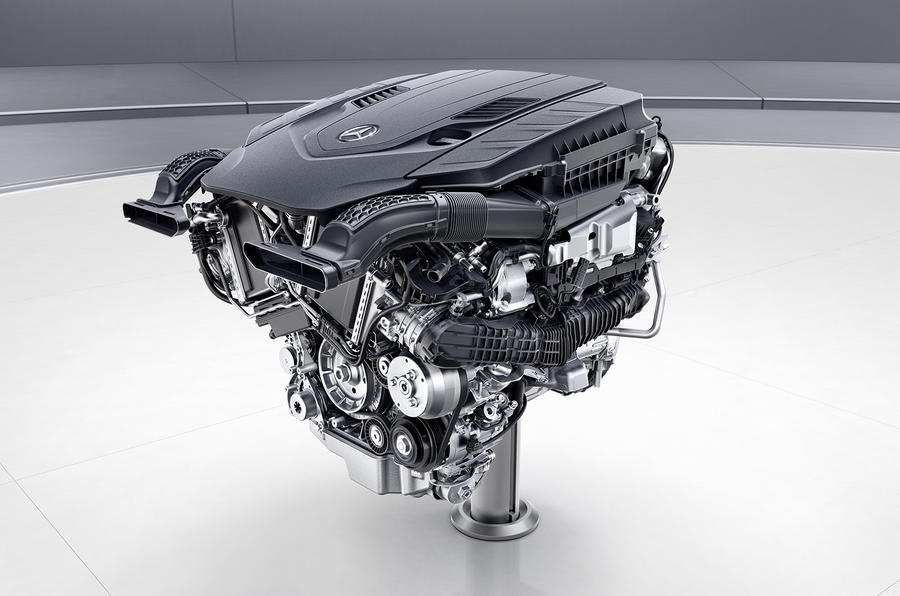
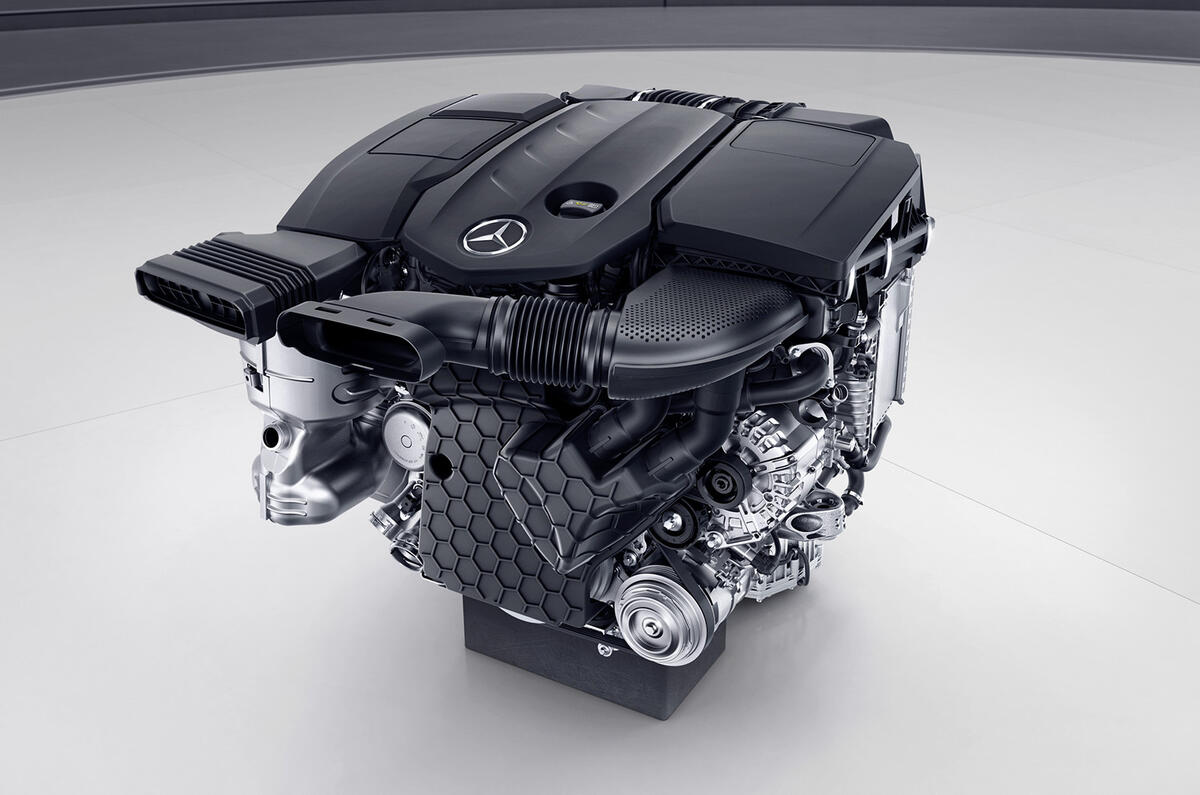


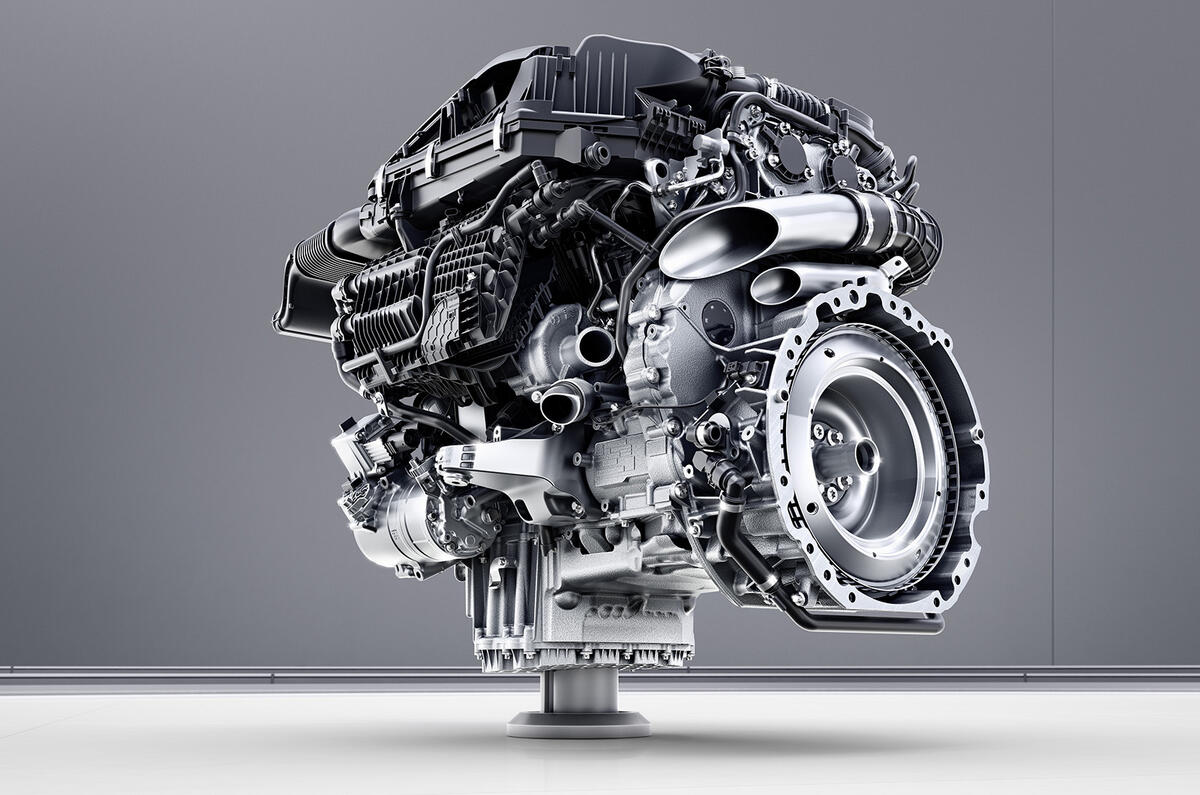





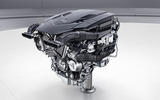










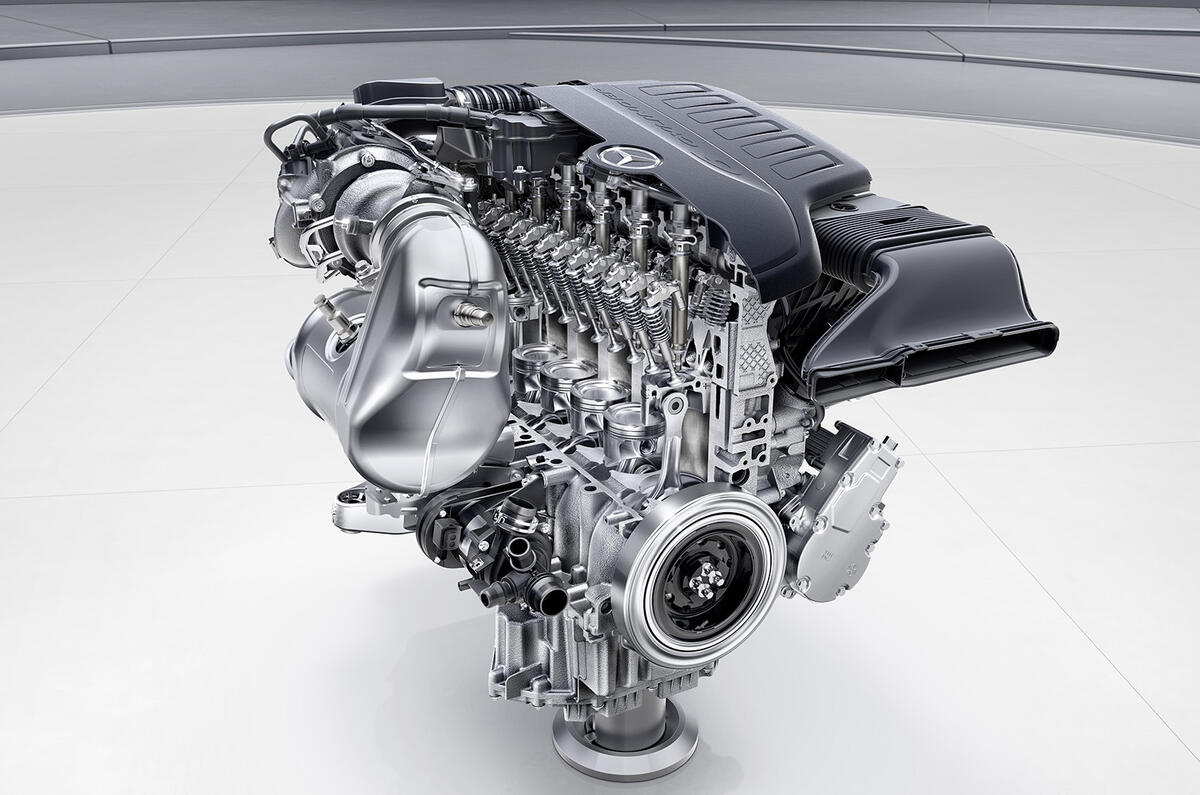




Join the debate
Add your comment
.
Surely you mean BILLION, not million, right?
I'd imagine that that investment was £2.7 billion, not million.
Coming to an Aston near us soon ??